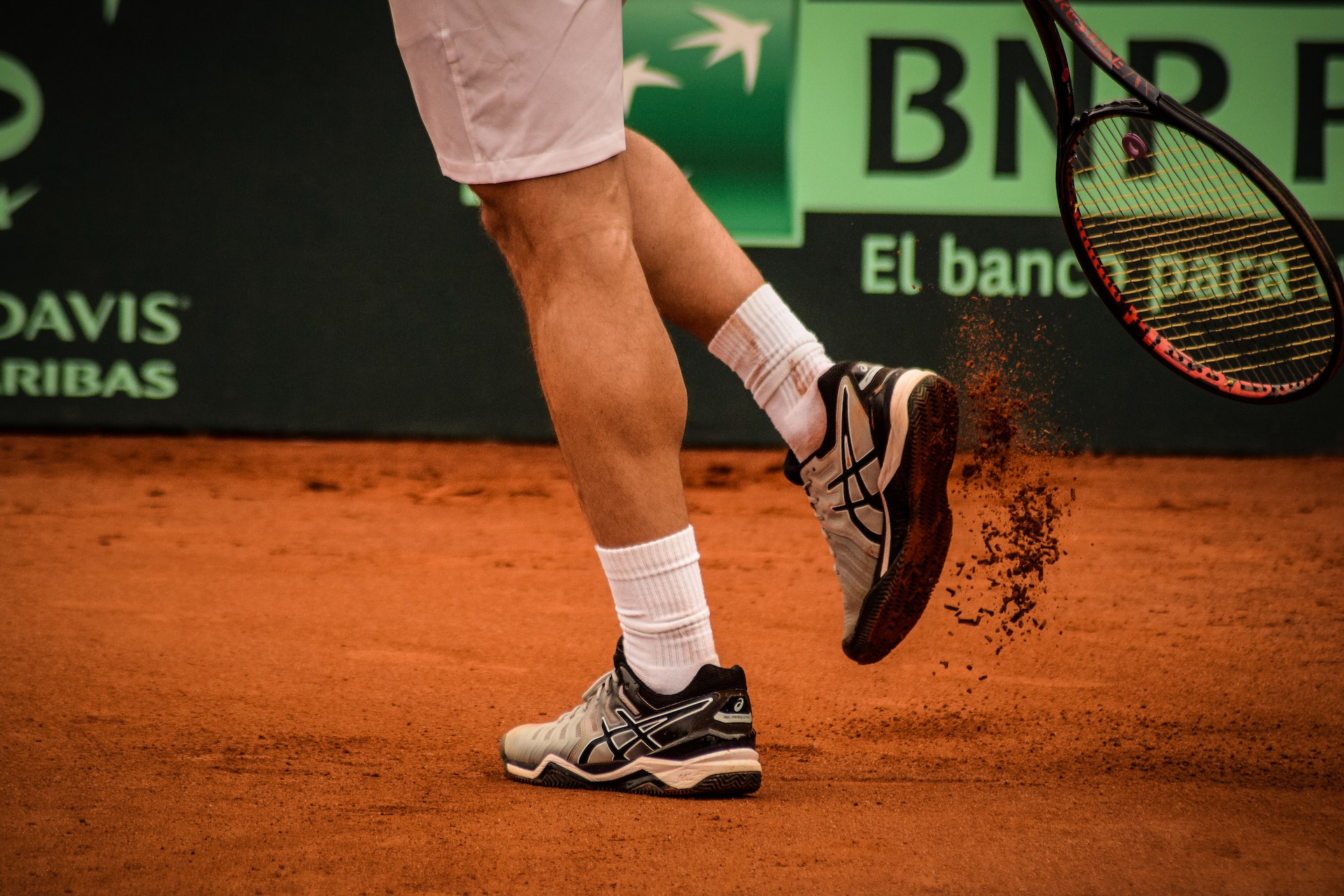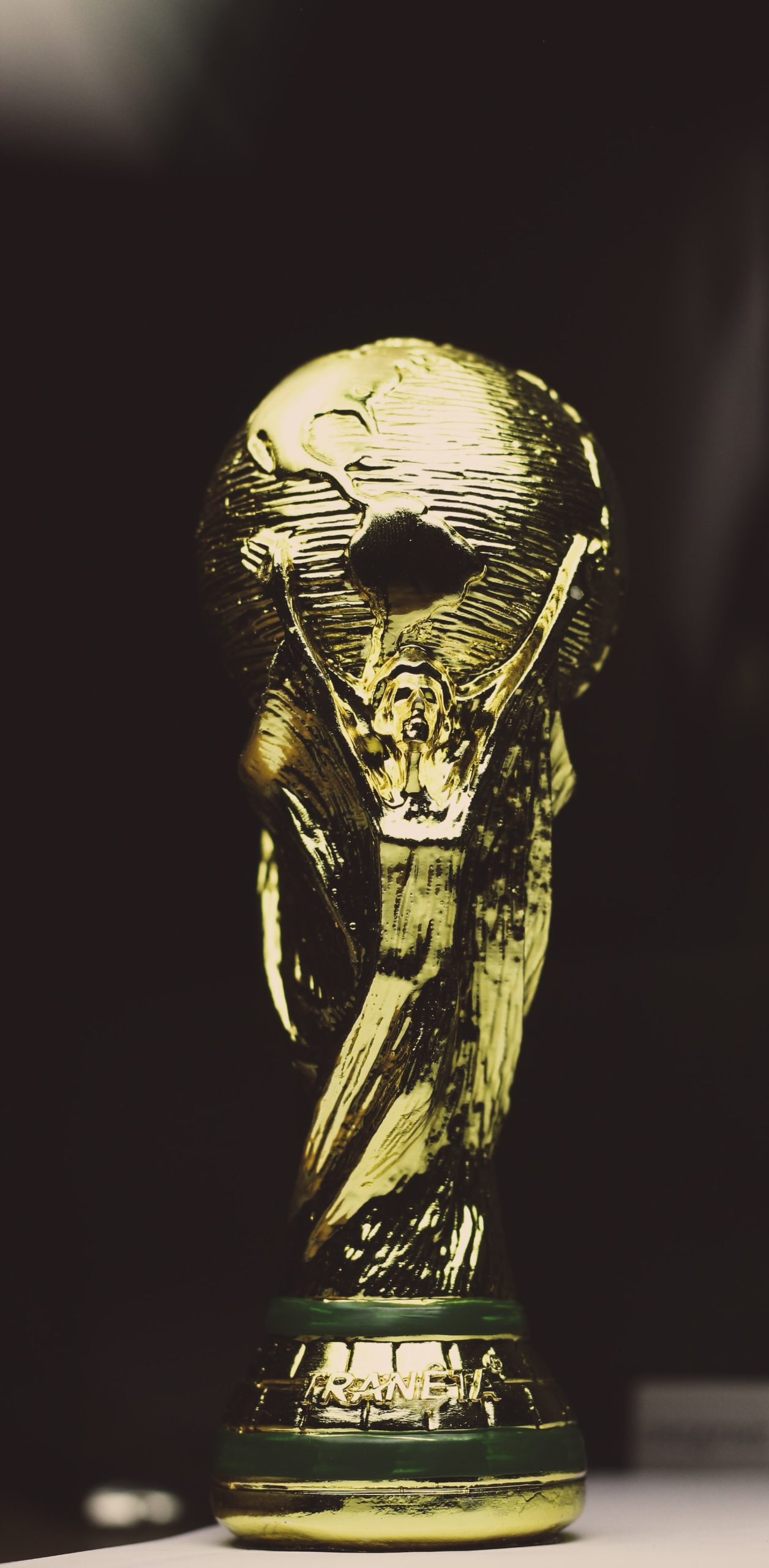Preamble: The Complex Universe of Tracking of Balls during Wimbledon
During the Wimbledon tournament, the use of ball tracking technology is essential in influencing the final scores. In this piece, we explore the complex realm of ball monitoring. We investigate the obstacles created by the inaccuracy of the human eye and how it affects the game.
The Limitations of Human Vision: Comprehending the Challenges
Our eyes, although it has impressive skills, encounters inherent restrictions in accurately following speedy tennis balls. Nevertheless, advancements have saved the day using fast-paced cameras that have the ability to seize the fast actions of the ball, permitting competitors and viewers to witness the activity in a slowed-down manner. This part analyzes the components that add to these obstacles. These elements comprise awareness, response time, and the impact of outside factors. Through comprehending these constraints, we obtain knowledge about the difficulties encountered by referees and participants alike.

Effects on Wimbledon and the game of tennis overall
The imperfection of human vision when tracking balls has important consequences for the annual Wimbledon championship and the sport of professional tennis as a complete entity. The following section examines the influence on match results, player irritations, and the game’s overall credibility. Additionally, it examines the contribution of technology and the demands made on officials in preserving fairness and accuracy.
Possible Solutions: Developments and Innovations in the Field of Ball Tracking
In order to tackle the difficulties presented by the constraints of the human eye, progress and breakthroughs in tracking technology for balls have been introduced into use. This portion analyzes the possible solutions. Involving technologies including Hawk-Eye, digital line-calling, and AI-powered tracking. Additionally, examines the factors and discussions associated with the adoption of these advancements. Securing a stability amongst customs and creativity.
Conclusion
The challenges of human vision when tracking the ball in Wimbledon tennis tournaments are clear. This affects the precision of sideline judgments and the overall impartiality of games. Although the constraints exist, scientific progress give potential resolutions to upgrade ball detection. These developments additionally possess the possibility to lessen flaws. During Wimbledon and the game of the sport keep evolving, maintaining equilibrium within the players and technological advancements will be vital. By acknowledging the limitations of human vision and adopting new technologies, we can secure an enhanced and captivating tennis experience for both competitors and supporters.










